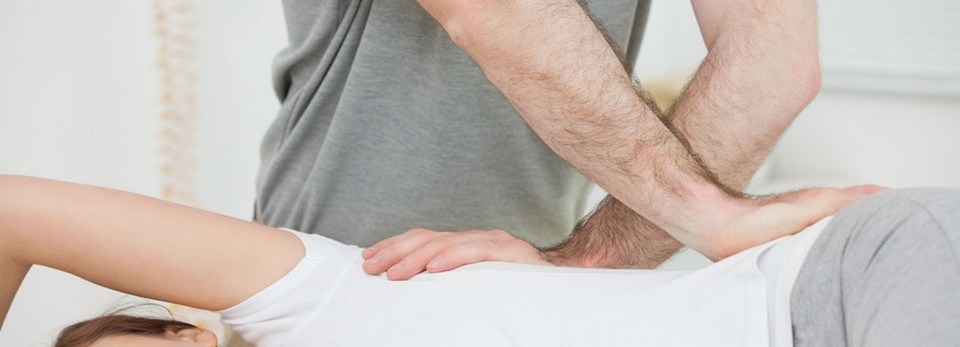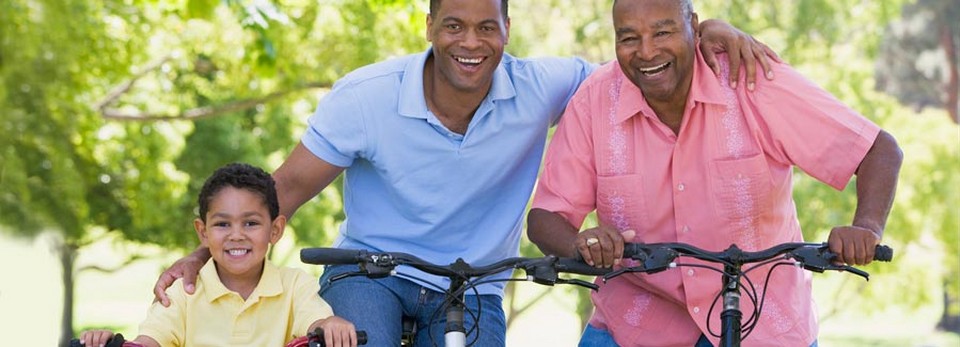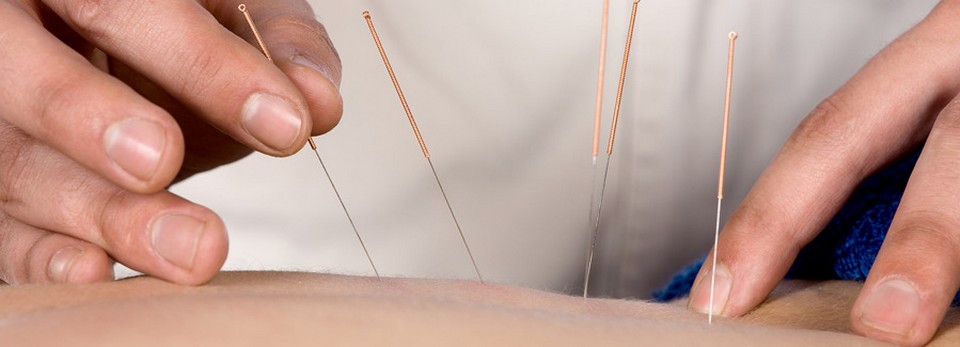Physiotherapy in Lower Sackville for Fibromyalgia
Do you suffer with Fibromyalgia? This article describes a controlled study comparing the outcome of a 12-week session of pilates exercises done three times/week with a home exercise program -- comprised of relaxation and stretching exercises for fibromyalgia patients. The outcome showed that the pilates group reported a decrease in pain, better physical function and increases in ADL performance, and qualitiy of life, at the immediate post exercise session; and no difference in either group 12 weeks after cessation of the programs. Bedford-Sackville Physiotherapy Clinic Inc. patients suffering with Fibromyalgia would be interested in this article. It supports encouragement for patients with Fibromyalgia to enroll in an ongoing pilates exercise routine.
Pilates has become synonymous with core training but it is much more than that. For those of you who have never taken a Pilates class, it is a form of exercise that focuses on the core postural muscles of the trunk and abdomen. Pilates exercises teach awareness of breath and alignment of the spine. They are designed to strengthen the deep torso muscles and protect the back from injury. Breathing is coordinated with movement with a general goal of improved flexibility and health. The developer of this physical fitness system was Joseph Pilates from Germany. He died in 1967 before seeing the tremendous success of his program.
Today, this method of exercise is used around the world but it has especially caught on in the United States. There are an estimated 11 million people who practice Pilates and over 14,000 trained instructors. And it isn't just for hard-core athletes and those who love to exercise. As the results of this study show, it can benefit people with chronic musculoskeletal conditions like fibromyalgia.
Fibromyalgia syndrome (FMS) is a chronic pain problem with widespread tender points and muscle pain throughout the body. Most patients with fibromyalgia also list many other symptoms that seem to be part of this condition. Those symptoms range from depression to fatigue to decreased sexual function and difficulty sleeping. Finding one treatment to alleviate all of the many symptoms isn't always possible. Sometimes finding ANY treatment that helps seems impossible.
The results of this study may help some people with this condition. Fifty (50) women diagnosed with fibromyalgia participated in an exercise program three times a week for 12 weeks. The women were divided into two separate exercise groups. One group was instructed and supervised in doing a Pilates program. The instructor was a certified Pilates trainer. The second (control) group did a home program of relaxation and stretching for the same 12-week time period. The participants ranged in age from 24 to 63 years old. Except for the fibromyalgia diagnosis, these women were in good health without evidence of diabetes, high blood pressure, or other significant health problems.
Each participant was tested before and right after the study to measure pain levels, function, and quality of life. Additional testing was done at 24 weeks, giving everyone a 12-week break after completing the program before taking the final outcome measures. The authors used the Visual Analog Scale to measure their pain and the Fibromyalgia Impact Questionnaire (FIQ) to measure function, health, and quality of life.
They found significant improvements in the Pilates group that were not present in the control group. The Pilates group had fewer painful, tender points usually present with fibromyalgia. The women in the Pilates group reported better sleep, improved function and activity, and better quality of life. But the improvements didn't last. All measures for the two groups were the same at the end of the 24-week period.
Pilates provides effective and safe short-term results -- more so than following a program of stretching and relaxation. Pilates has a built-in feature that avoids putting excess demand on muscles, which is important in a syndrome like fibromyalgia that is characterized by muscle fatigue. With less pain and better physical function, the women were able to do more of the daily activities they enjoyed. This contributed to an overall improved quality of life. With such positive results, they may be more likely to continue exercising in order to maintain those benefits.
This study shows that Pilates exercise isn't just for the fit and able. People with chronic health problems appear to benefit, too. Previous studies have shown that exercise lessens the pain and dysfunction that accompanies fibromyalgia. But exactly what type of exercise to do and for how long hasn't been established.
This study goes a long way in helping put some evidence behind just what does work for these patients. Finding a program like Pilates that doesn't make fatigue worse is a boon for individuals with fibromyalgia. Pilates belief that this fitness program strengthened body and mind may prove to be as effective as a combined exercise and cognitive-behavioral program.
Reference: Lale Altan, MD, et al. Effect of Pilates Training on People with Fibromyalgia Syndrome: A Pilot Study. In Archives of Physical Medicine and Rehabilitation. December 2009. Vol. 90. No. 12. Pp. 1983-1988.








